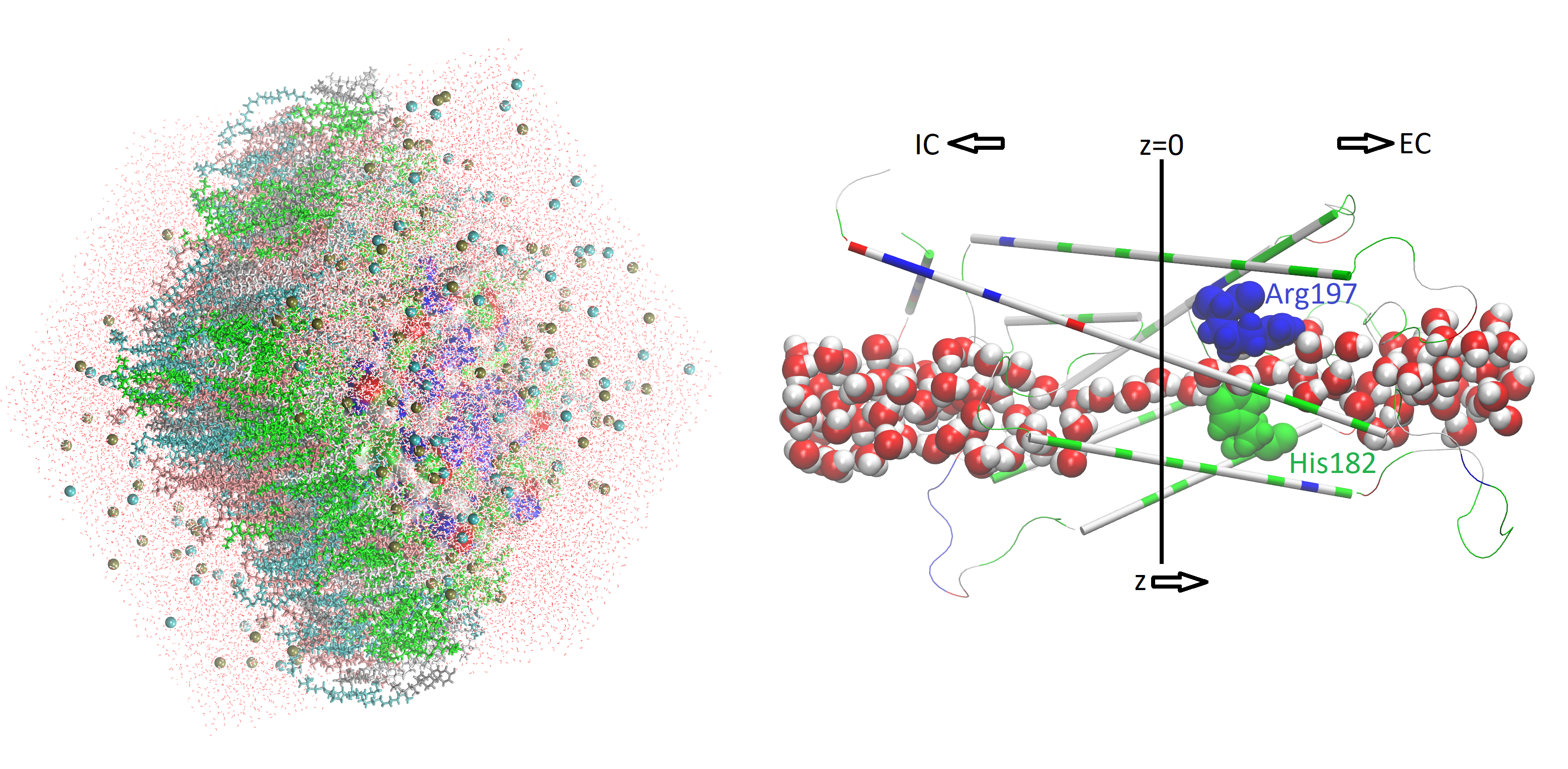
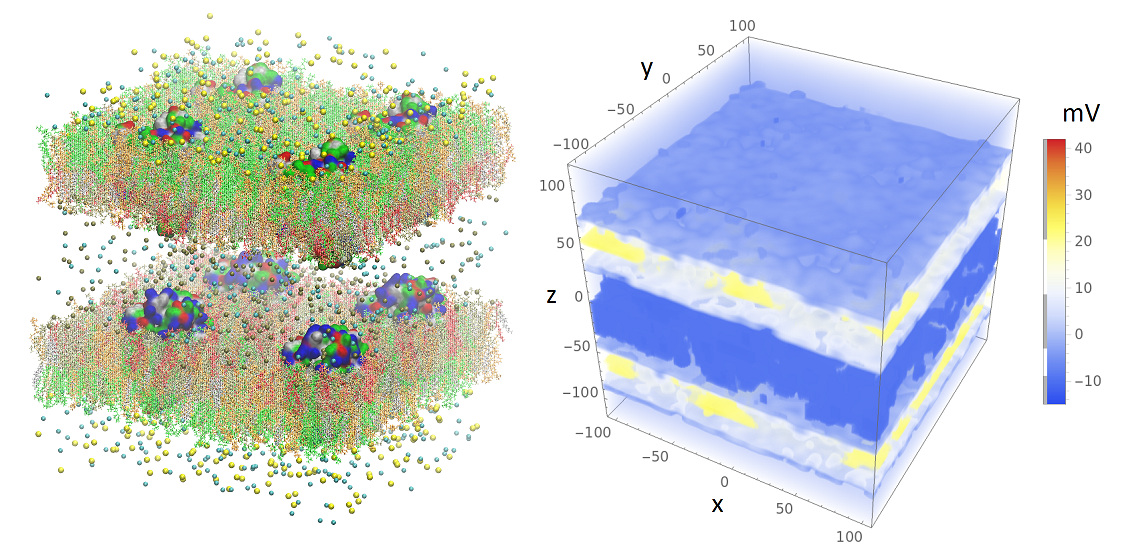


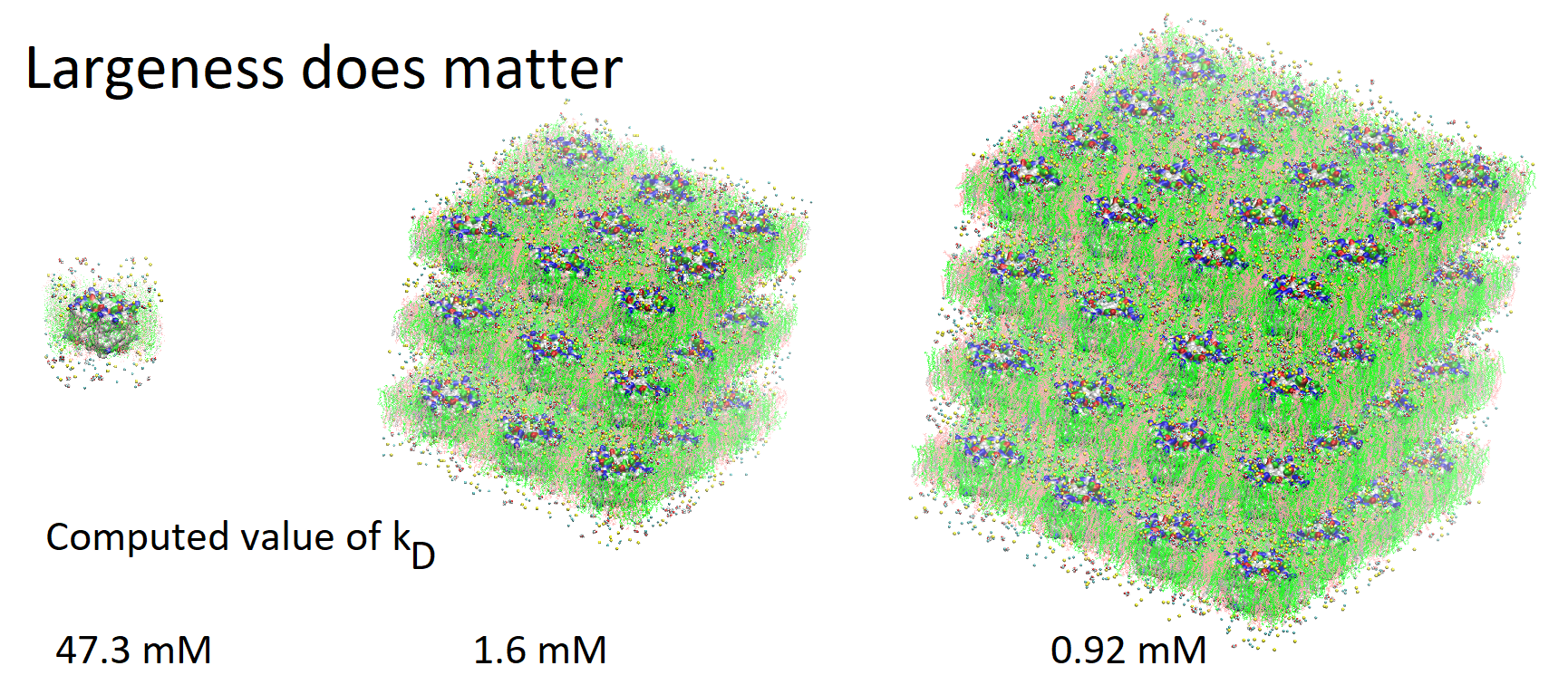
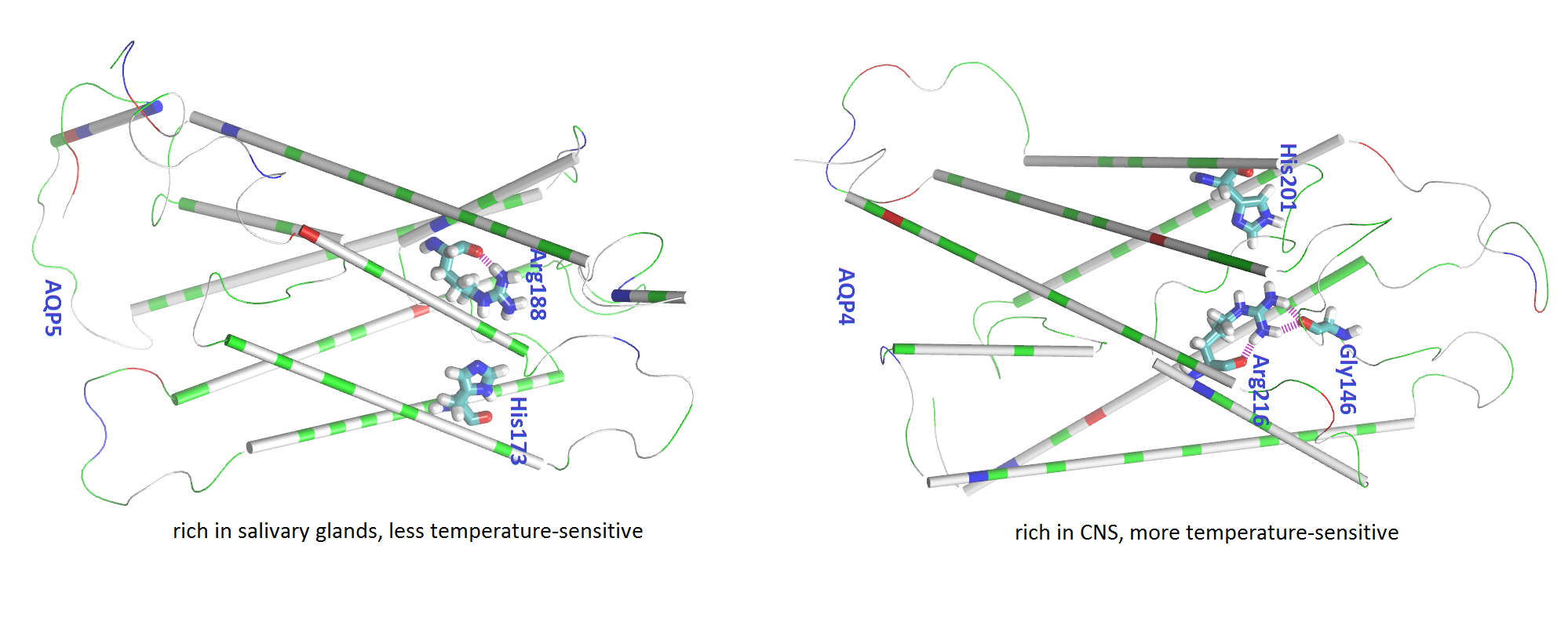

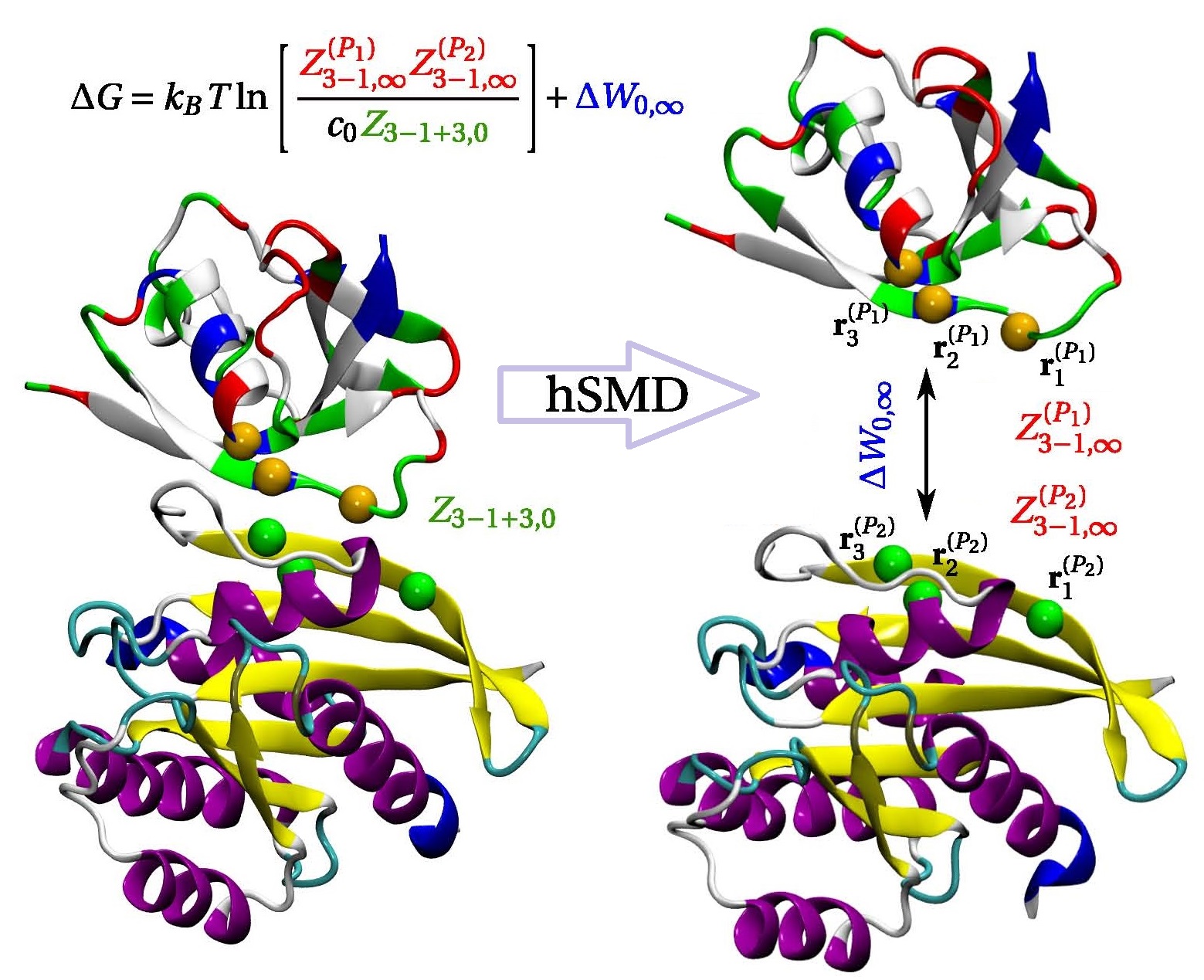

Computing absolute binding energy from hybrid steered molecular dynamics (hSMD) simulations: Brute force to accuracy, really? Come and see for yourself: Small molecule-protein binding problems: DOI 1: 10.1021/ct501162f . DOI 2: 10.1016/j.bbrc.2016.12.165 . DOI 3: 10.1016/j.bbamem.2019.01.008 . More binding problems are tabulated here.
Finding water channel blockers: The widely used drug AZM binds weakly to the AQP4 channel entry vestibule. Is there a better way to block this and other water channels? DOI:10.1002/pro.2832, DOI:10.1576/JSIN.1000117, DOI:10.3389/fphy.2020.00119In vitro evidence for the inhibitors: Human erythrocyte lyses under osmotic stress modulated by the inhibition of water channels natively expressed on the cell membrane. See, the inhibition is even visible:
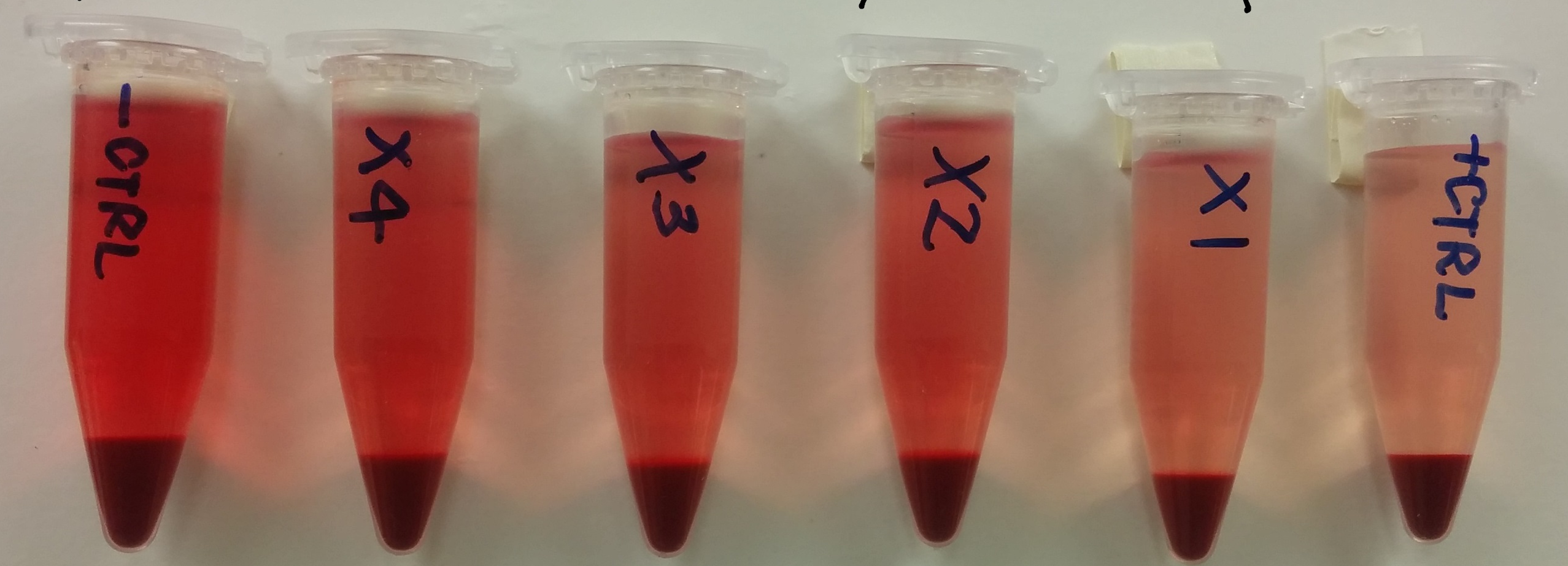
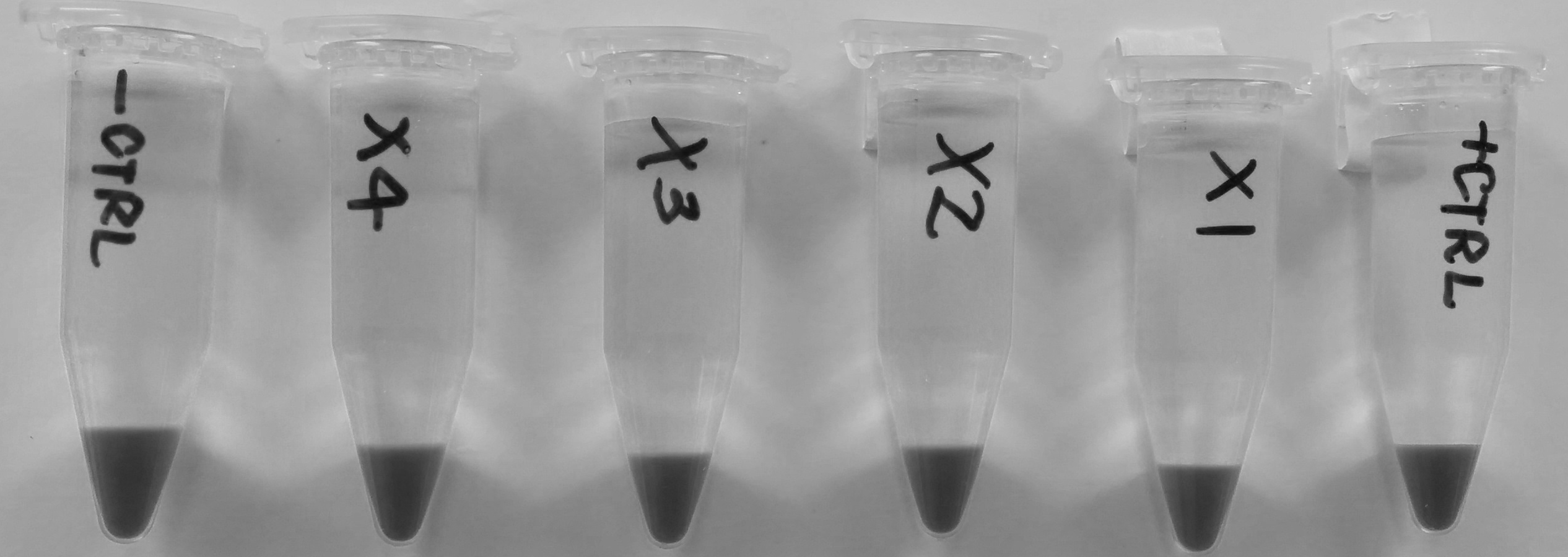
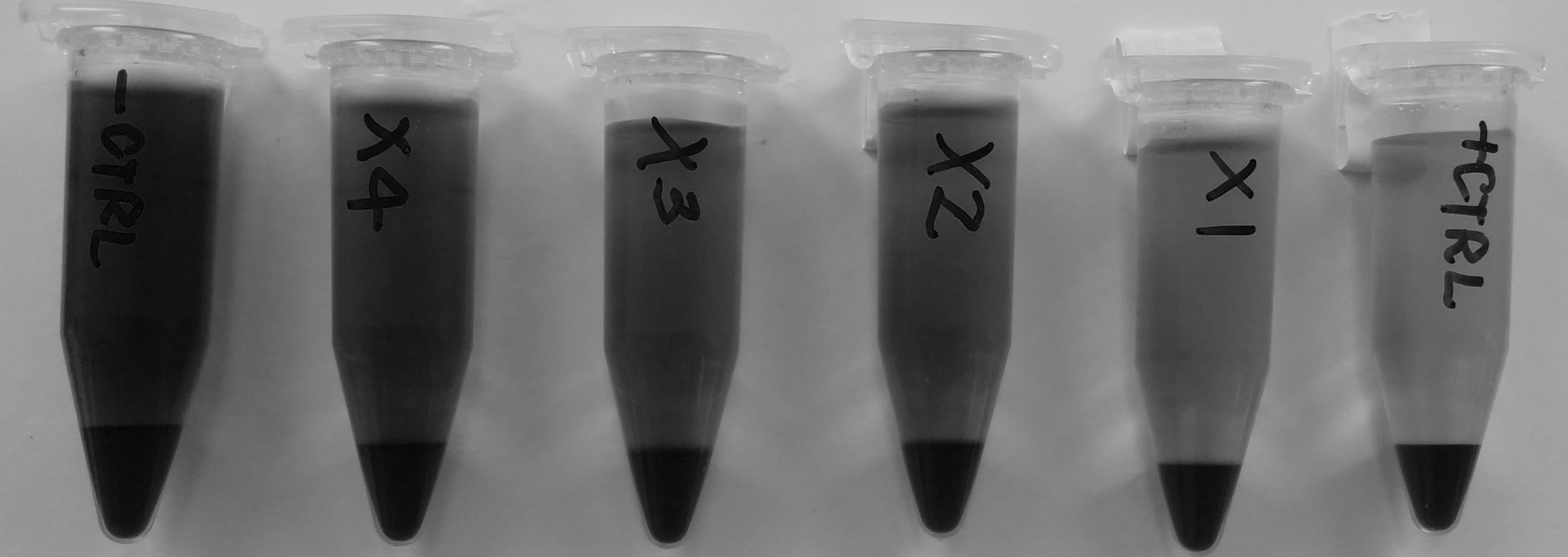
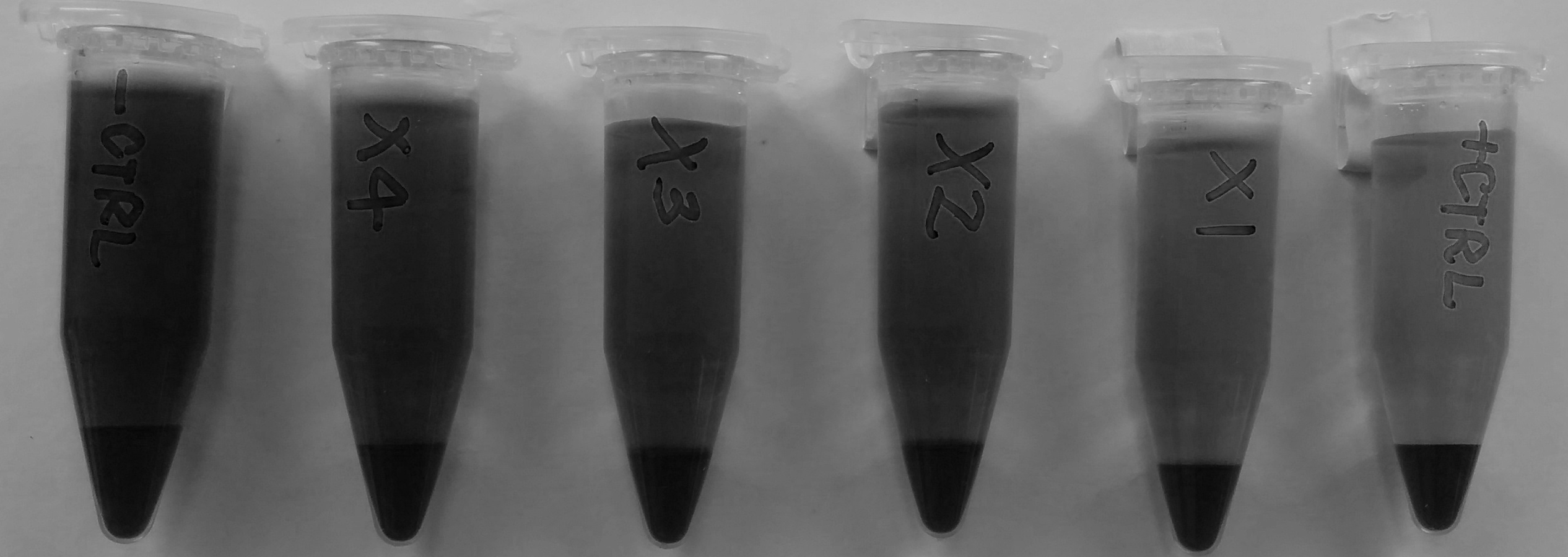
Probing the inner workings of proteins in silico:
Today's high-performance computing (HPC) enables us to model biological
macromolecules with atomistic details. Running intensive
in silico
experiments on thousands of computing cores in parallel, we aim to
elucidate the mechanistic details of how a channel protein functions to
facilitate transport of water and other molecules across the cell
membrane, providing insights that cannot be gained by
in vitro experiments alone.
(DOI: 10.1016/j.bbamem.2013.03.008)
(DOI: 10.1016/j.jsb.2012.10.007)
(DOI: 10.1016/j.bpc.2015.01.004)
For example, alongside in vitro
experiments, our recent in silico
study ascertains the functional mechanism of aquaglyceroporin PfAQP
(illustrated below). (PfAQP is the multi-functional channel
protein in the plasma membrane of Plasmodium falciparum, the parasite
causing the most severe form of malaria infecting millions of people
every year.)
Sampling transition paths: Many important transition/reaction events occur in the time scale of milliseconds while the underlying atomistic movements are in the time scale of picoseconds. Theoretical studies of these processes must overcome this vast separation of time scales that is ubiquitous in physical and biological systems. The two main approaches in the current literature are the transition state theory, which approximates transition/reaction as along the minimum energy path, and the transition path sampling approach, which samples various paths with appropriate statistical weights. Our research efforts in this area are to compute fluctuations around the minimum energy path and to develop efficient algorithms for transition path sampling.
Electronic transport in semiconductor nanostructures: At nanometer scale, the wave and particle natures of electrons concurrently manifest themselves to give rise to unique transport characteristics that define the forefront of electronic devices. Frequency response and noise characteristics are the central issues. Theoretical studies of various semiconductor nanostructures can be pursued based on the non-equilibrium Green’s function formulation that was proven successful for the double-barrier resonant-tunneling system.